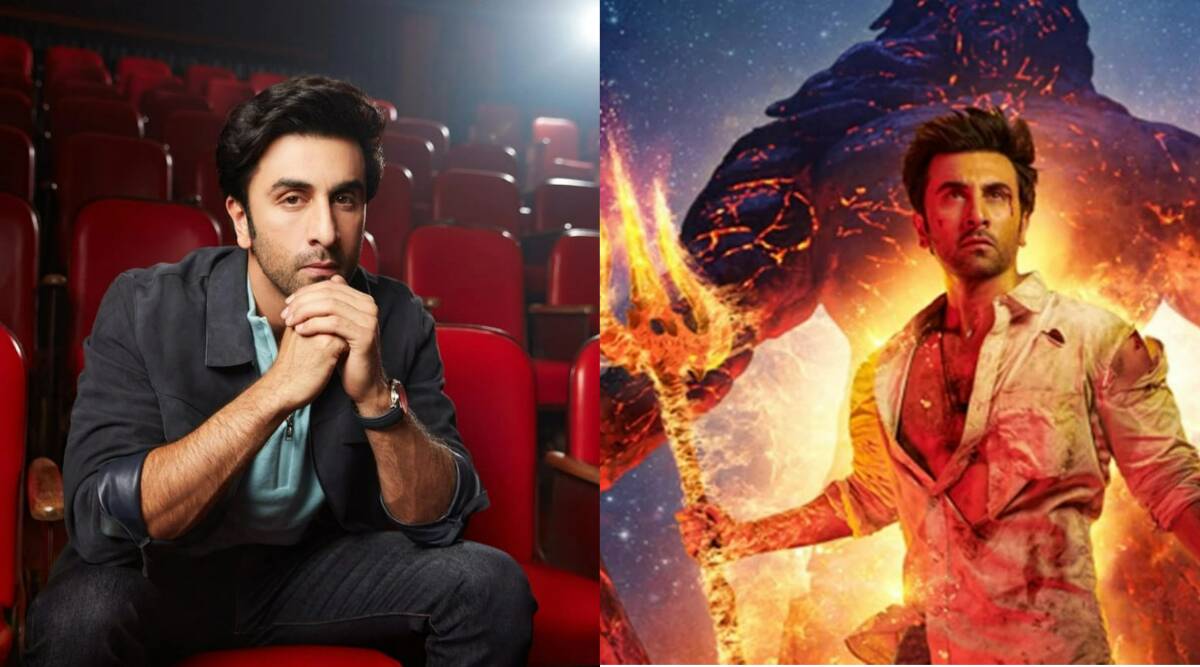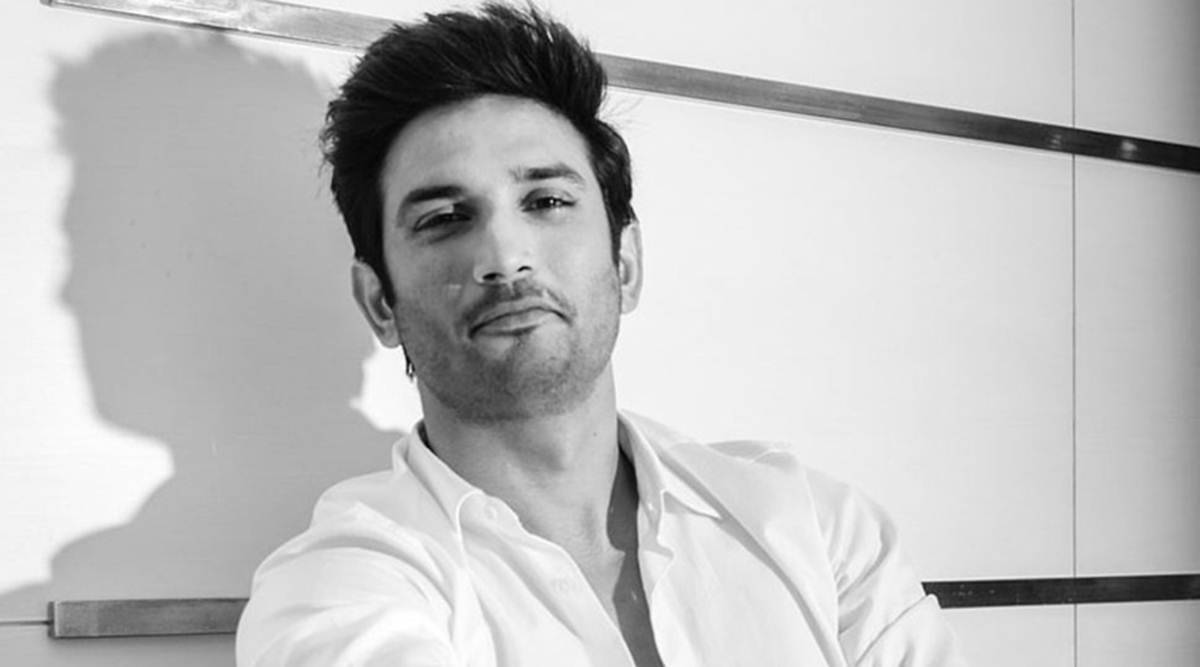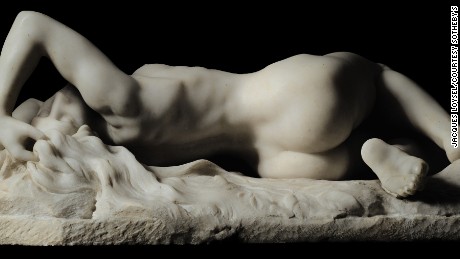Tarunnoloak art and entertainment desk-In the history of Western art, the erotic has long been hidden, ignored or condemned.
For centuries, one had to look to mythological or even religious works for representations of the naked body, even a mere breast — a nude Venus, goddess of love and beauty, in Ancient Rome, or Adam and Eve as symbolic representations of sin in paradise.
It’s only relatively recently that erotic art has become truly transgressive in nature. Freed from the shackles of myth, religion and academia, it gives way to the fury of desire.
Historically, there have always been pockets of eroticism in art. The infamous frescoes of doomed Pompeii, for example, featured oversized erections and sex acts, and artists in India, China and Japan have long captured explicit sex scenes freely and beautifully.
Sexuality would take hold in Europe much later, with the rise of the libertines.
Eighteenth-century France saw the emergence of so-called indecent paintings from the likes of Jean-Antoine Watteau and Jean-Honoré Fragonard, as well as the proliferation of erotic etchings — the equivalent of today’s pornographic photos — that could be easily carried and hidden under one’s coat.
It was a turning point for eroticism in art, but the threat of censorship still loomed. Let’s not forget that six poems from “Les Fleurs du Mal,” an 1857 volume by Charles Baudelaire, were initially condemned as pornographic and banned from publication.
Shortly thereafter, Edouard Manet sparked a scandal when he unveiled “Déjeuner sur l’Herbe” (1862), a painting of a picnic where a naked woman sits between two clothed men.
However, fewer than 30 years later, Gustave Rodin created “Le Baiser” (“The Kiss”) — a sculpture of two nude embracing lovers — as an official commission for the French government.
Thus at the end of the 19th century, to borrow an expression from French philosopher Georges Batailles (author of the seminal text “Eroticism,”) the “accursed share” of art — the art that celebrates sexuality over fertility, that flouts the ideals of beauty and morality — had taken its revenge.
Erotic art would go on to play an essential and inescapable role in the artistic revolution of the 20th century.
Paul Gaugin started his colorful Tahitian nudes in the 1890s, and Gustav Klimt and his protégé Egon Schiele led the way in Vienna in the early 1900s. Then came the paintings of Picasso, the surrealists and Balthus; the photography of Man Ray and Mapplethorpe.
Their legacy continued through the sculptures of Sarah Lucas and Paul McCarthy, Thomas Ruff’s larger-than-life nudes, and perhaps most famously, Jeff Koons’ “Made in Heaven” series with his former wife and muse, the porn star Cicciolina.
Art has become an expression of the visceral, vital, subconscious power that we call desire, of which sexuality is merely one of many manifestations. The experimental and seductive power of erotic art transcends mere representation. It tells another story, one that goes beyond the historical or academic, religious or mythological.
Erotic art is truly an image without context, a naked and pure image that transgresses the norm by making the private, the intimate and the sexual public, expressing the infinite power and beauty of the subconscious.
Pablo Picasso once said sexuality and art are the same thing. Perhaps he was right.
-sh










